WHY COFFEE CHERRY?
I am very attached to the observation of our environment. It guides all of my projects and initiatives. In Indonesia, I have been working with smallholder farmers for years. When discovering coffee production, I observed that processing activities generate significant quantities of waste!
Concerned about the preservation of nature as well as the economic conditions of the farmers, I decided to focus on one of the most present residues of coffee processing: The dried fruit (skin and pulp) of the coffee tree itself.
To start the research on such a topic, I felt I would need some support, and this is when I came across Seniman Residency. I remember the proposal: ‘Imagine you are working in the International Coffee Space Station (aka Toko Seniman Denpasar). You have everything you need to do whatever coffee project you want over three months. What would you do within this cafe space to make the world’s coffee community better?’
I did not think twice and decided to submit my proposal about coffee cherry fruit.
It is the opportunity of a lifetime! I finally found a space where my research could be held.
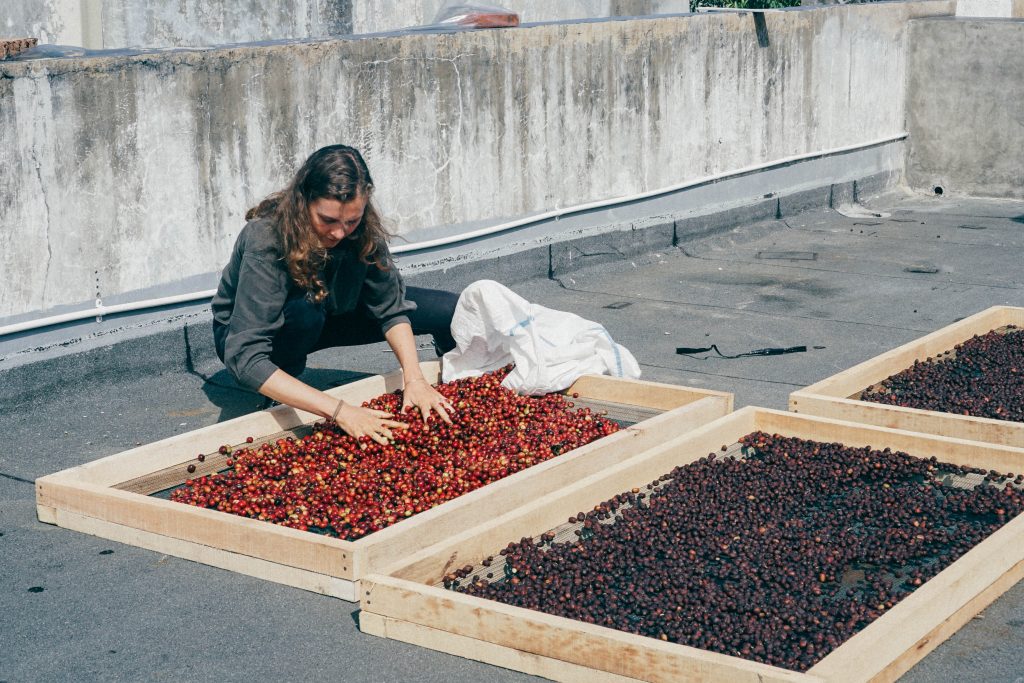
Coffee cherries in different drying stages. Amandine checked the moisture of the cherries.
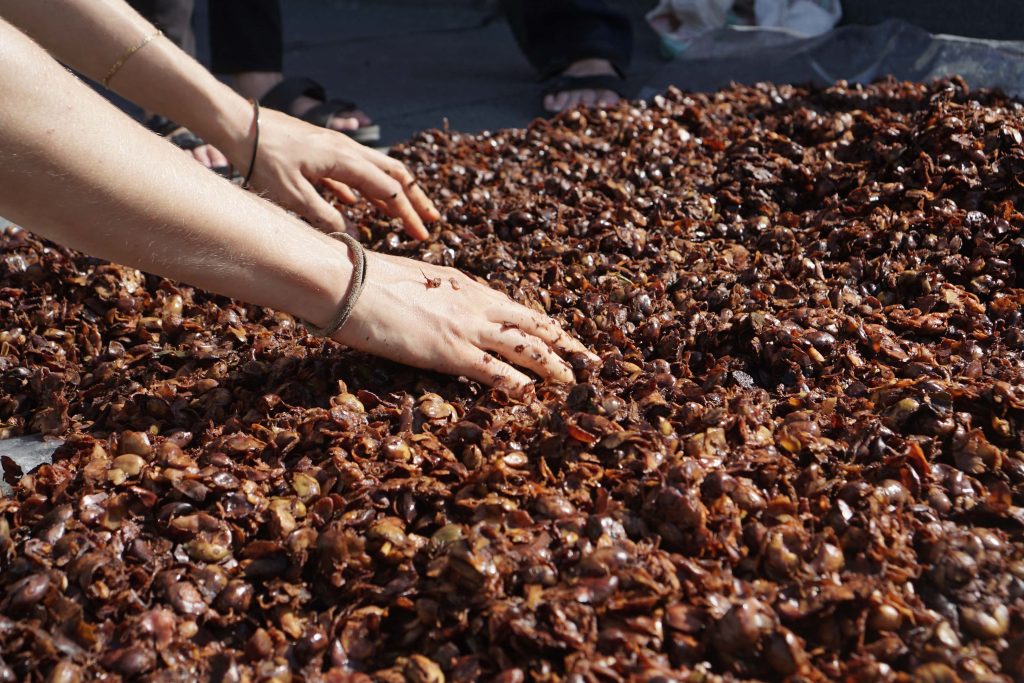
Drying coffee cherry skin on Toko Seniman’s rooftop
DIFFERENT WAYS TO PROCESS COFFEE CHERRY
Coffee cherries are discarded fresh or dry depending on the coffee post-harvest process selected.
During the wet process, we remove the cherry skin and part of the pulp through the pulping process. The cherries are still fresh and juicy and thus need quick spreading to dry.
During the dry process, the cherries are dried whole for several weeks. They ferment in place until completely dry. With a hulling machine, we remove the cherries from the green beans: the dried skin with pulp is separated from the coffee beans and does not need additional drying.
In both cases, the fresh or dried cherries are thrown away, or used for composting processes. Sometimes, farmers would also bring back those residues directly to their fields, at the foot of their coffee trees.
However, cherries are potential ingredients for beverages and foods! Their high carbohydrates and fiber contents make them good candidates for flour production. Also known as cascara (from the Spanish word that means husk), the cherries from the natural process have a rich aroma, sweet and sour, that recalls tamarind and hibiscus infusion. Cascara tisane proposes hints of dried fruit, vanilla, or apple cider.
From the whole dried coffee berry, we could get material for tisane (if whole or ground coarse) or powder which will give granulated texture (if ground to a medium-mesh).
My concerns were two: How can we use dried cascara? How can coffee berries sales benefit the farmers?
ON THE RESIDENCY
And this is how I started the residency at Toko Seniman, with a bunch of interrogations, a bag full of ingredients, and the motivation to explore! The team happily welcomed all of my intentions. And even with my average cooking skills, I received continuous support from the Seniman staff, which helped me achieve good results (and face a lot of failures).
Over these seven weeks in Denpasar, I spent most of my time in the kitchen of Toko Seniman. But also the rooftop where we have been drying different types of coffees with their husks. And between those two, I was going around to discuss my research with customers!

Amandine getting feedback about her recipes from Toko Seniman customers.
Developing recipes with new ingredients was thrilling and challenging! I recall the first pancakes, in which I added too much coffee cherry gluten-free flour…Then the creamy tiramisu with layers of biscuits dipped in cold brew cascara and the not-so fluffy pao with coffee cherry flour sauces. Each of the creations was smelled, tasted, and observed by the Toko Seniman team. Every one of their feedback was carefully welcomed and used to improve my trials.
By participating in the community event, Singalong Coffee Session, I understood that customers knew little about coffee processing. And even less about the post-harvest process and the waste it generated! I enjoyed sharing about cascara and explaining its potential as a superfood and untapped source of income for farmers.
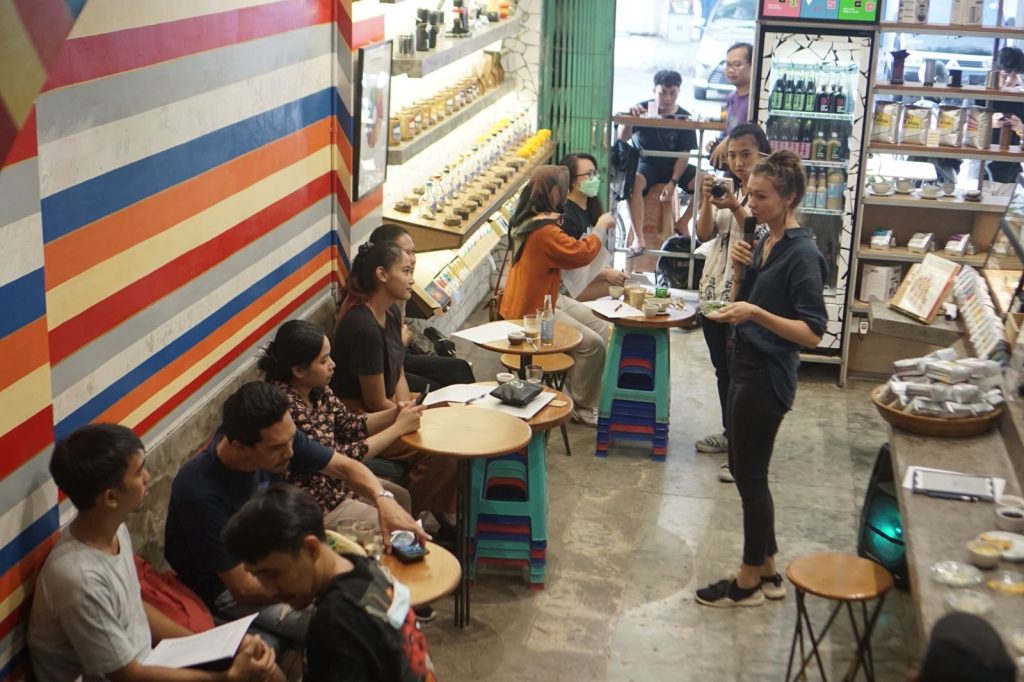
Amandine at Singalong Coffee Event.
AND THE RESULT IS…
Research and development of a new product are challenging! I had to let go of my ego to focus on improving the recipes so I could reach my objectives. I learned to pair different flavors, combining my French-influenced tastes and Balinese preferences.
Through my experiment, I have discovered that coffee cherry gluten-free flour adds texture and depth to any dish and a pleasantly sour taste. It is also a delicious add-on to savory dishes. Coffee cherry’s sweet and sour contrasts nicely with the saltiness, bitterness, or fatty tastes of other ingredients. Visually, it is a beautiful natural colorant that gives shades of chocolate and caramel.
Based on our experiment, we recommend using coffee cherry flour at about 5% of the weight of the flour usually used in the recipe.
Based on our experiment, we recommend using coffee cherry flour at about 5% of the weight of the flour usually used in the recipe.

Regular Tiramisu (left) and Cascara Tiramisu (right)
During my residency, I partially addressed my concern about the economic condition of farmers. By drying the whole cherries by ourselves and trying to dry the skin and pulp only, I realized that this process was much more complicated than I imagined. Possible contamination and the presence of foreign materials like small stones or leaves are risks that we must consider. I was trying to produce a food-grade product!
[Cascara flour] is also a delicious add-on to savory dishes. Coffee cherry’s sweet and sour contrasts nicely with the saltiness, bitterness, or fatty tastes of other ingredients.
After hulling, the dried coffee berries should go through a sterilization process to ensure there are no microbes or insects…that could jeopardize the storage of the product, as a tisane (whole coffee cherries) or as flour (ground).
ABOUT THE FUTURE
Dried coffee berries can have a bright future! I believe we need more of those products that are healthy for us, that solve environmental issues, and that benefit directly producers with few additional efforts. Not to forget, cascara flour is gluten-free so it’s beneficial for people who are sensitive to gluten.
My favorite recipe: Steamed Bun filled with Honey Cascara Tempeh paste! And if you can get a chance to taste something made out of cascara flour, do give it a try!

Weighing the cascara powder
This residency has been supported by Seniman Coffee and took place from June to July 2022. For more information please see Singalong magazine and the podcast telling the story of this beautiful research.
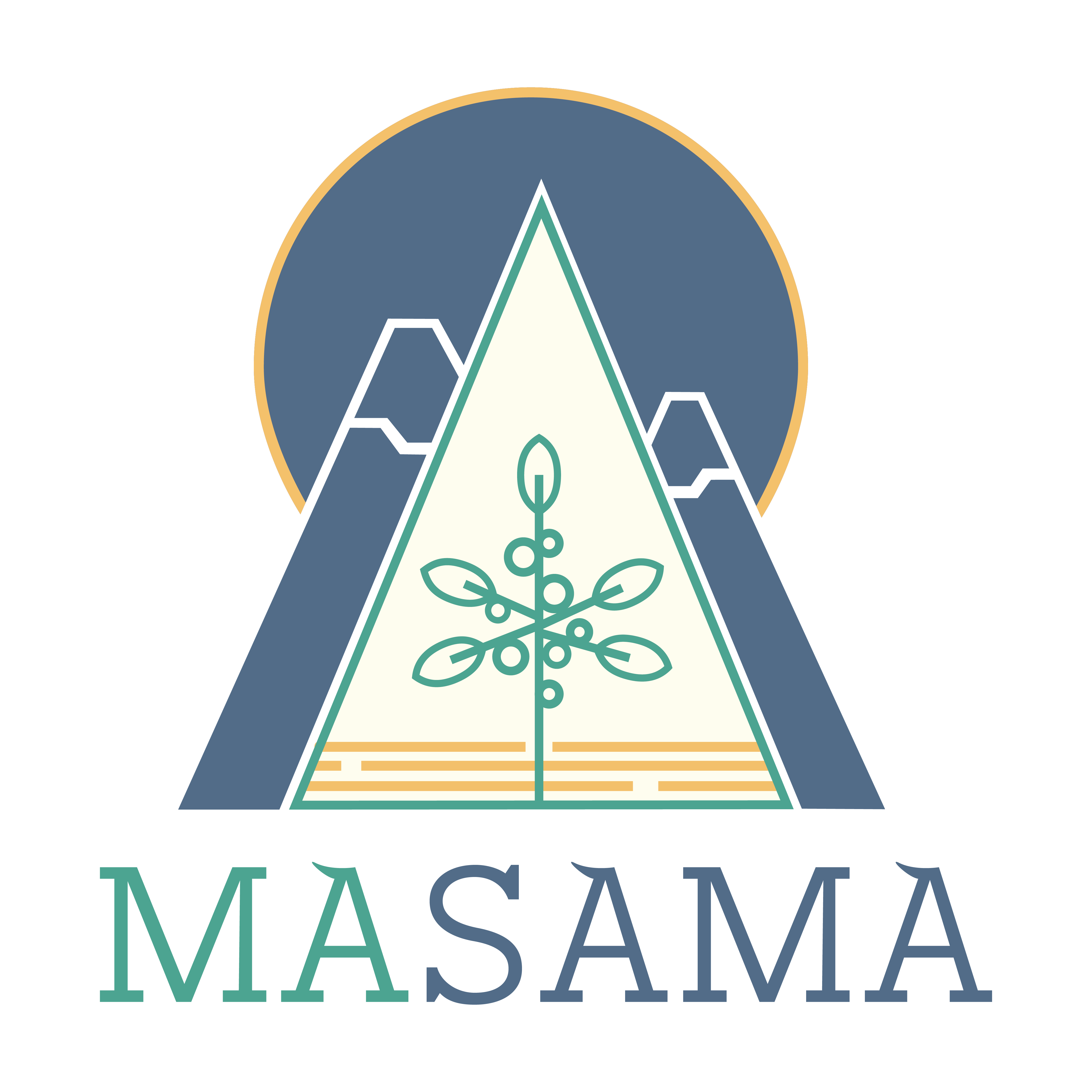
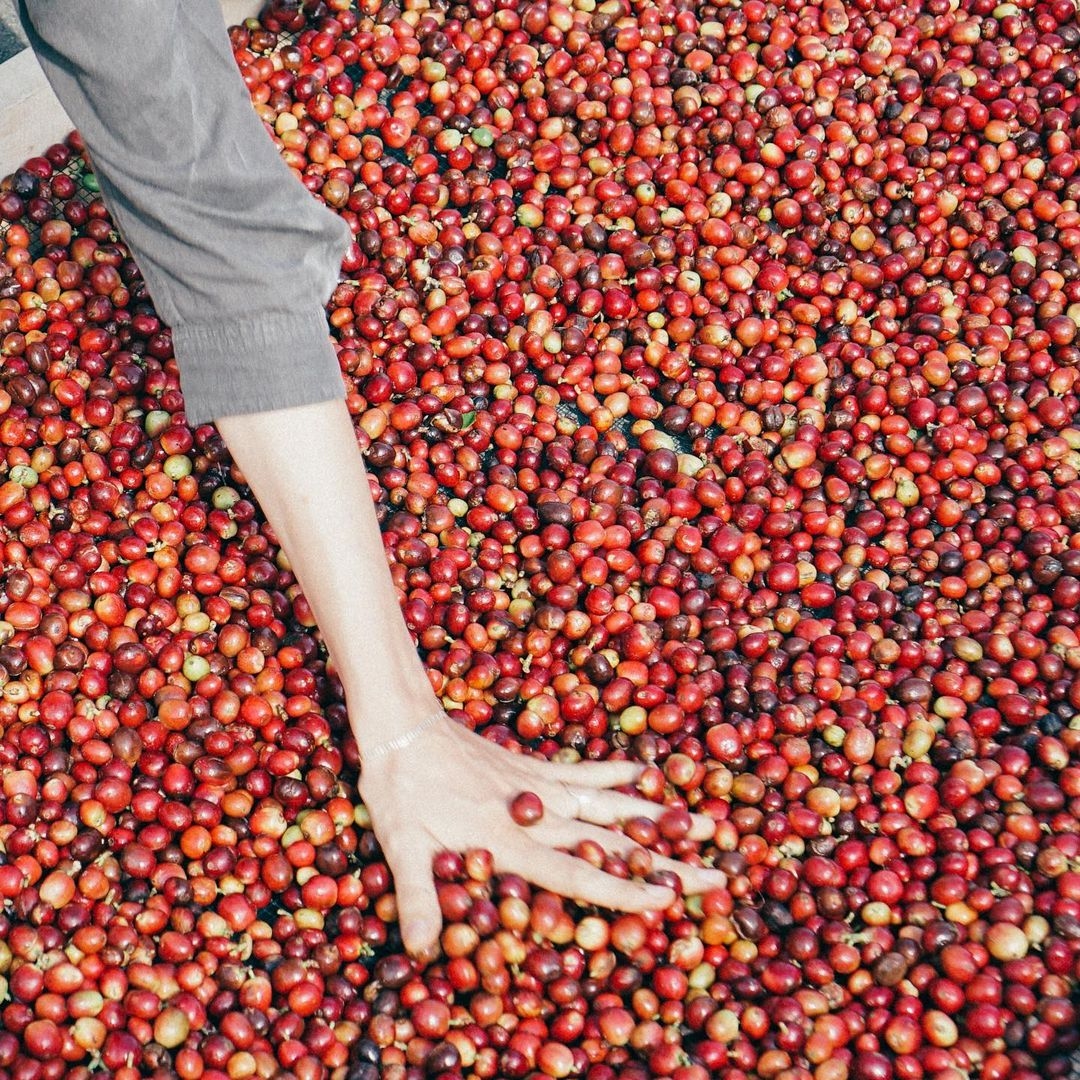
Pingback: Why did we pick a natural process for our balinese coffee?